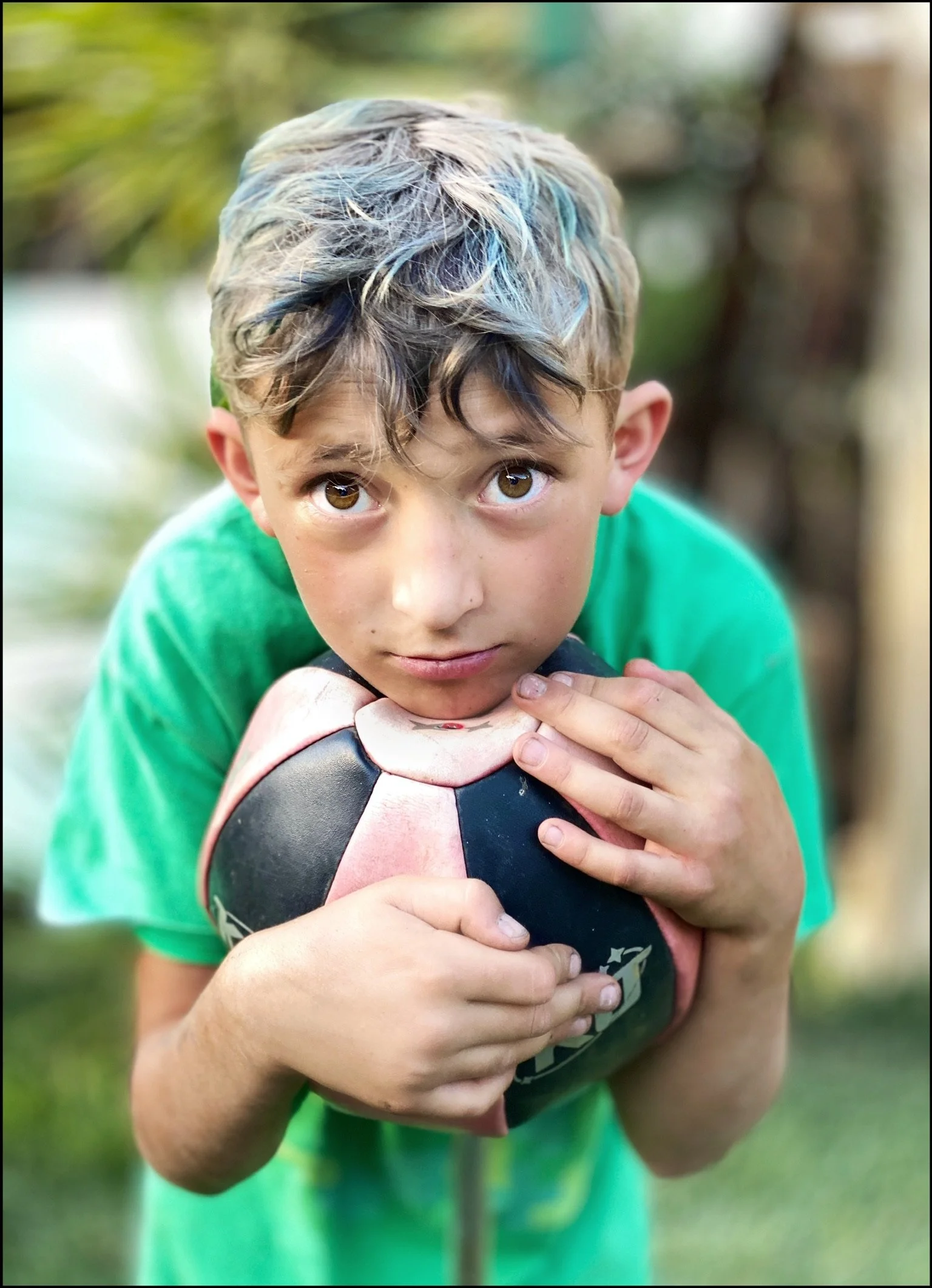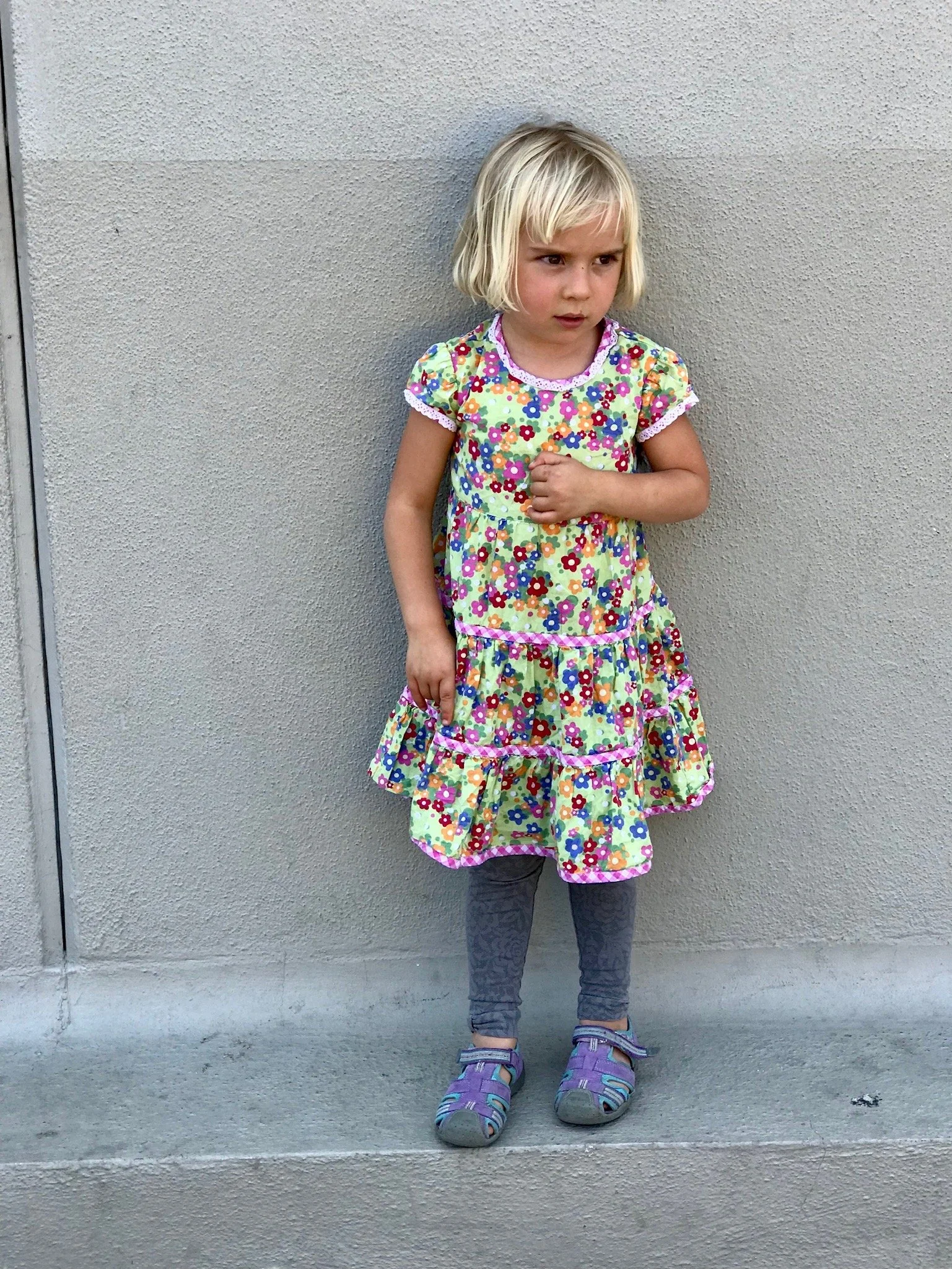Blueprint for Understanding ‘Little Me’ or My Adaptive Child
Some Signs You Have a Wounded Inner Child/Adaptive Child
The first step in healing your inner child is to acknowledge it is there and that he or she is wounded. The harm done (unintentional too) to your little person is directly correlated with the ways you feel unsafe in the world. Here are some signs that you have a wounded inner child.
* A deep feeling that there is something wrong with you
* Being a people-pleaser
* Being a rebel and feeling alive when in conflict with someone else
* Not being able to let go of possessions and people
* Experiencing intense anxiety with something new
* Feeling guilty for setting boundaries
* Driven to be a super-achiever
* Being rigid and perfectionistic
* Having problems starting and finishing tasks
* Exhibiting constant self-criticism
* Feeling ashamed about expressing emotions
* Feeling ashamed of your body
* Having a deep distrust of others
* Avoiding conflict, no matter what the cost
* Constant fear of abandonment
In the end, we all have an “adaptive child” (Terry Real’s concept). It is the child inside us that coped and adapted to the world around us to survive. Many of the coping mechanisms saved us (as a child) and helped us feel safe and secure, but block our adult relationships in the present moment. Understanding our adaptive child, our vulnerabilities, what stressors we dealt with, and how we learned to view ourselves and the outside world, helps us to understand when we may be triggered by our old stories rather than the life in front of us. (According to EFT, it is the attachment strategy. According to Alexandra Solomon it is the Relational Stance; with IFS it is the Managers). All these theories share the idea of an origin story that we developed in relation to. We grow in relation to others. Our story is always broader than the individual.
My perspective is that all of these concepts are essentially the same. We must understand the structure we came from to understand why we behave the way we do. We have to see that our pattern/coping mechanism/working model/adaptation is not allowing us to live in the world optimally. We could live a better life. We could be more flexible, less rigid, less reactive, more open, and more responsive to the life in front of us versus our old stories.
We need to start the journey into our little person when we feel that our coping mechanisms aren’t working and are actually bringing us more pain than peace. What once saved us is now the source of our suffering.
We must be willing to dig deep, not just intellectually but feel ourselves, feel the younger version of ourselves and the pain they carried. We must acknowledge that they did the best they could and were actually highly adaptive for the situation.
With true emotion and understanding, we must be ready to listen to our younger selves. And show them that we can take care of them. We must be ready to lead ourselves out of our old traumas, patterns, and stories.
Internal Working Models of Self and Others:
To understand your little person inside, first notice if there is a hang-up you tend to get stuck on (these are often your Attachment Themes):
• Fear of finding others unavailable and unresponsive.
• Feeling unworthy, unlovable, or never enough.
• Feeling unimportant/misunderstood.
• Feeling your needs/wants are unacceptable
• Fear of asking for attention and admitting need. (Is the world a safe place? Is it dependable?)
Reflection questions to understand the pattern:
Start by identifying each of your relational stances. This is the automatic response you take during times of stress and conflict: perhaps you withdraw, fight, freeze, or desperately try to repair.
When do I notice myself most triggered?
Is there a general theme I notice?
What is the thought that keeps on resurfacing? (It may be something you keep hearing yourself saying in your head. It may be the way that you explain the situation to yourself).
What is your attitude?
dichotomies of black-and-white thinking vs. nuanced thought
perfectionism vs. realism
a relentlessly blaming vs. forgiving attitude
a rigid, harsh, absolutist stance vs. a warm, yielding, flexible one
an arrogant vs. humble viewpoint
a tight vs. relaxed body
Are you motivated by fear? Is danger a central motivator in your life? Does the danger come from outside or inside (“I can’t trust myself” versus “I can’t trust others”)?
Once you have begun to answer these questions, you can sketch out a blueprint of your adaptive child/little me/wound/vulnerability.
Create the composite: digging into the earliest or strongest memory that reminds you of the dynamic you have identified, envision the child version of yourself. How old are you? How are you dressed? What is your hairstyle? How do you carry yourself (confident, insecure, with bravado, invisible, etc)? How do you see yourself and the world?
Create an image in your head of this child version of yourself.
Ask these questions of your little self:
What is your deepest desire? Your deep need? Do you feel unseen? Unheard? Is there some big trauma? Or small everyday traumas that have affected you? Are there any emotions that have been forbidden? Is there some grief that was never mourned?
Begin to nurture “little you.” You get to show him or her that they no longer need to control the situation because you (the wise adult self) are taking over.
As Terry Real likes to say: “These are ways you begin to work with your immature, triggered parts. We form relationships with them. Then, we love them and we get to know them, but we don’t indulge them. Maturity comes when we deal with our inner children. You need to start loving that little boy or girl… and put them in their place. You don’t want them driving the bus. I say, put your arms around them, love ‘em up. And take their sticky hands off the steering wheel.”
It’s only when you can quiet the defensive reactivity and retrieve the non-defensive humility and open-mindedness of your wiser adult self that you can regain control of the situation.
Here are some other blogs that may be relevant:
Are you interested in working on your personal development? Are you looking for a life coach or a life consultant? Are you feeling stagnant? Do you want to jumpstart change?
My transformational approach is a process where awareness, alignment, and action work together as catalysts to create momentum for change.
*Awareness is knowing what you genuinely want and need.
*Alignment is the symmetry between our values and our actions. It means our inner and outer worlds match.
*Action is when you are conscious that what you say, do and think are in harmony with your values.
Together we build an understanding of what you want to accomplish, and delve deeply into building awareness around any thoughts and assumptions that you may already have. To truly transform your life, I will empower you to rethink what’s possible for you.
__
Learn more about my approach to life consulting and relationship coaching here or get in touch for your free 30-minute consultation here! Don’t forget to follow along @LilyManne on social for more regular updates!


